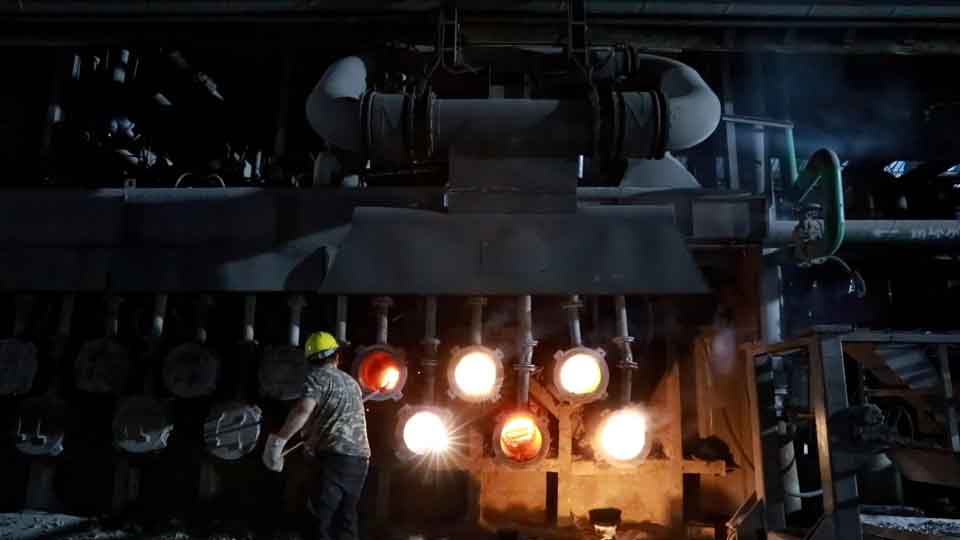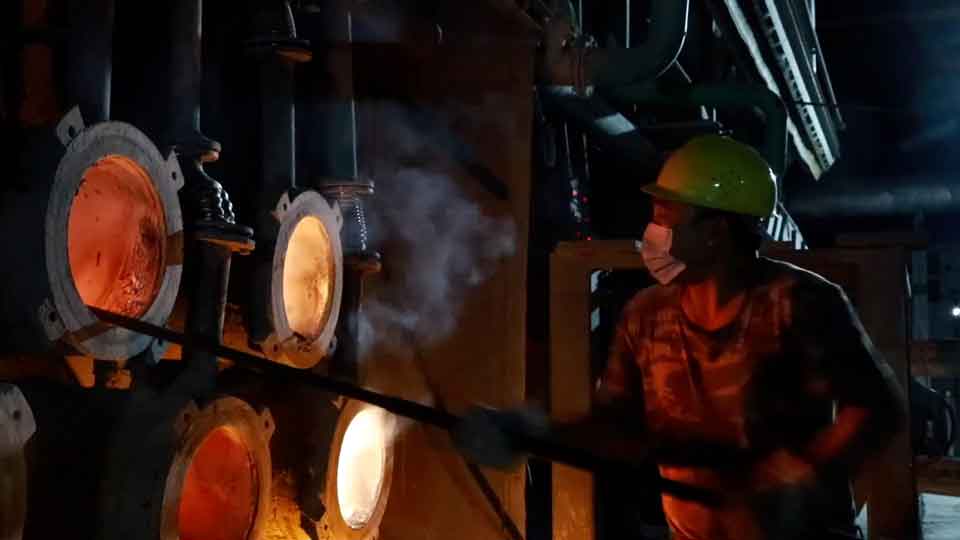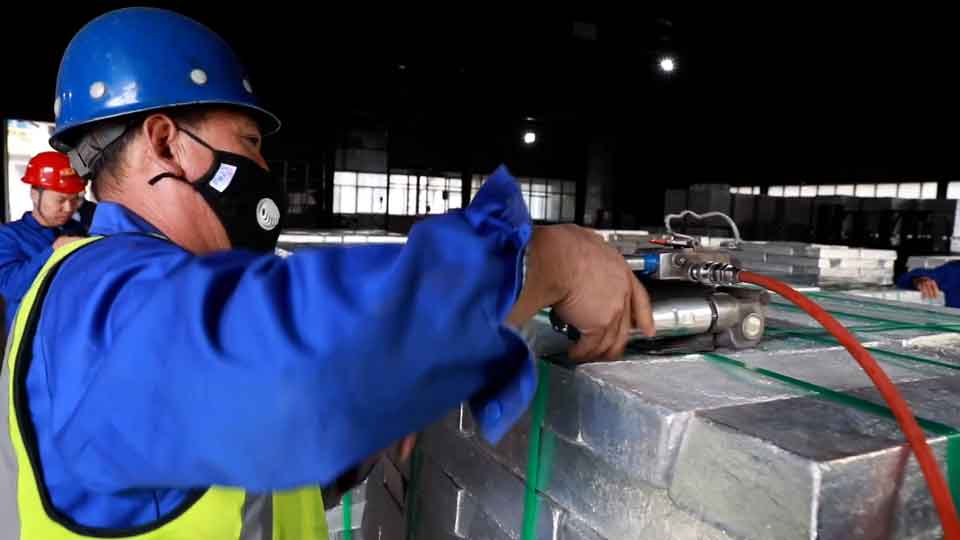As the lightest structural metal there is, magnesium is used everywhere, including in cars, aircraft and smartphones. China is responsible for around 90 percent of global supply, with the remainder produced by a handful of countries including Russia, Brazil, and Turkey.

But production in China slowed earlier this year on the back of a fuel shortage and Beijing’s decision to limit electricity supply in order to meet environmental goals. Many factories have been hit by blackouts.
The situation is worrying industry groups in Europe and the United States. WV Metalle, a German metals trade association, fears magnesium stocks may run out by the end of the year. North American aluminum companies, including Alcoa and Matalco, have warned that production will be affected if the shortage lingers.

As China’s energy crisis eases, magnesium production is gradually picking up, although the metal’s price is still double what it was at the beginning of the year before the shortage took hold.
The situation has countries like Japan – which imports 99 percent of its magnesium from China – reassessing its reliance on foreign suppliers. Magnesium production consumes vast amounts of electricity which makes it difficult for economies that are aiming for zero emission goals.

If Beijing decides that it too wants to limit industrial carbon dioxide emissions, output volumes could take another hit.

The Japanese government is looking for solutions to resolve its dependency on overseas-sourced commodities. A new economic security bill that aims to make supply chains more resilient is expected to be submitted to the Diet next year.

